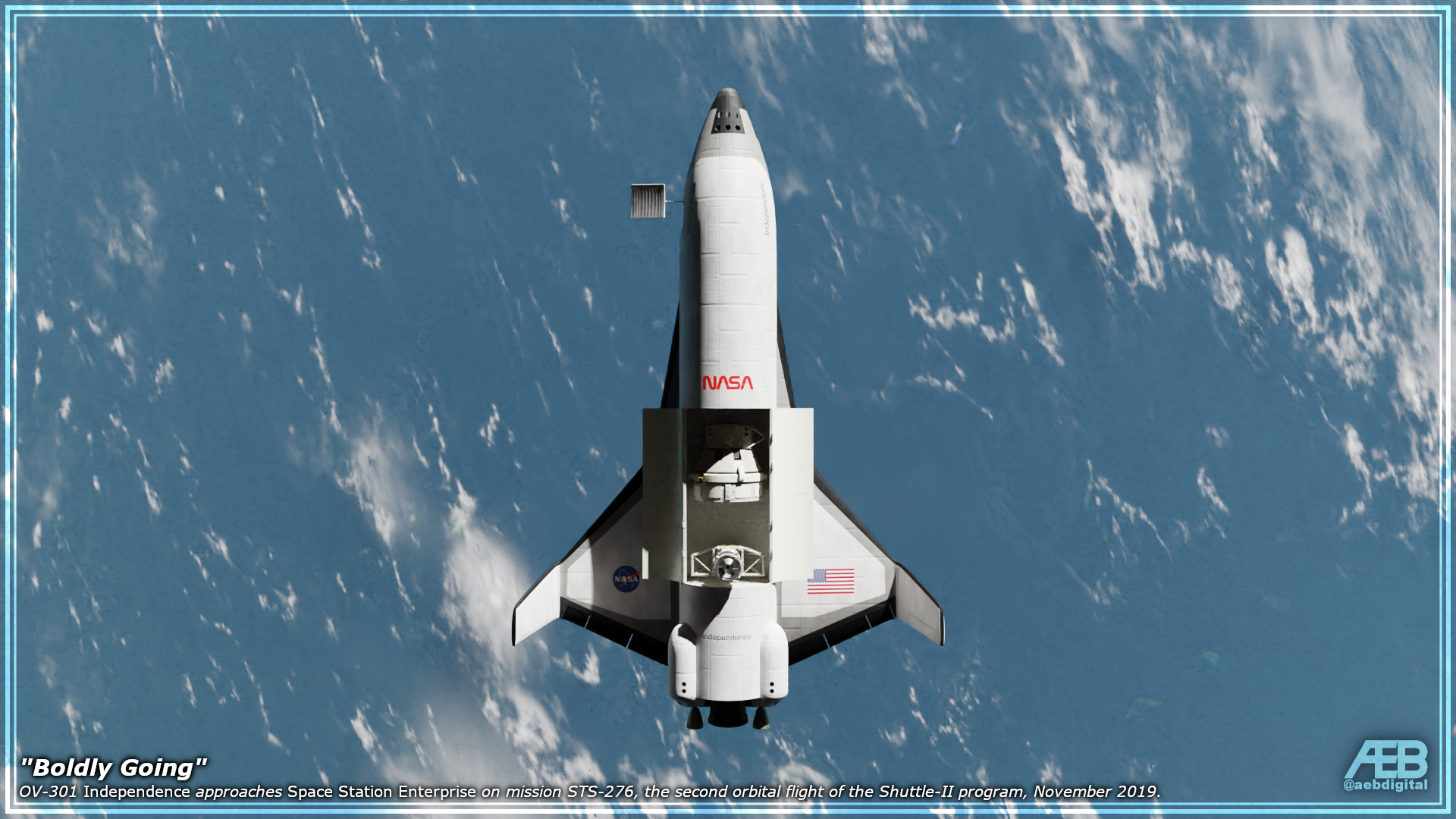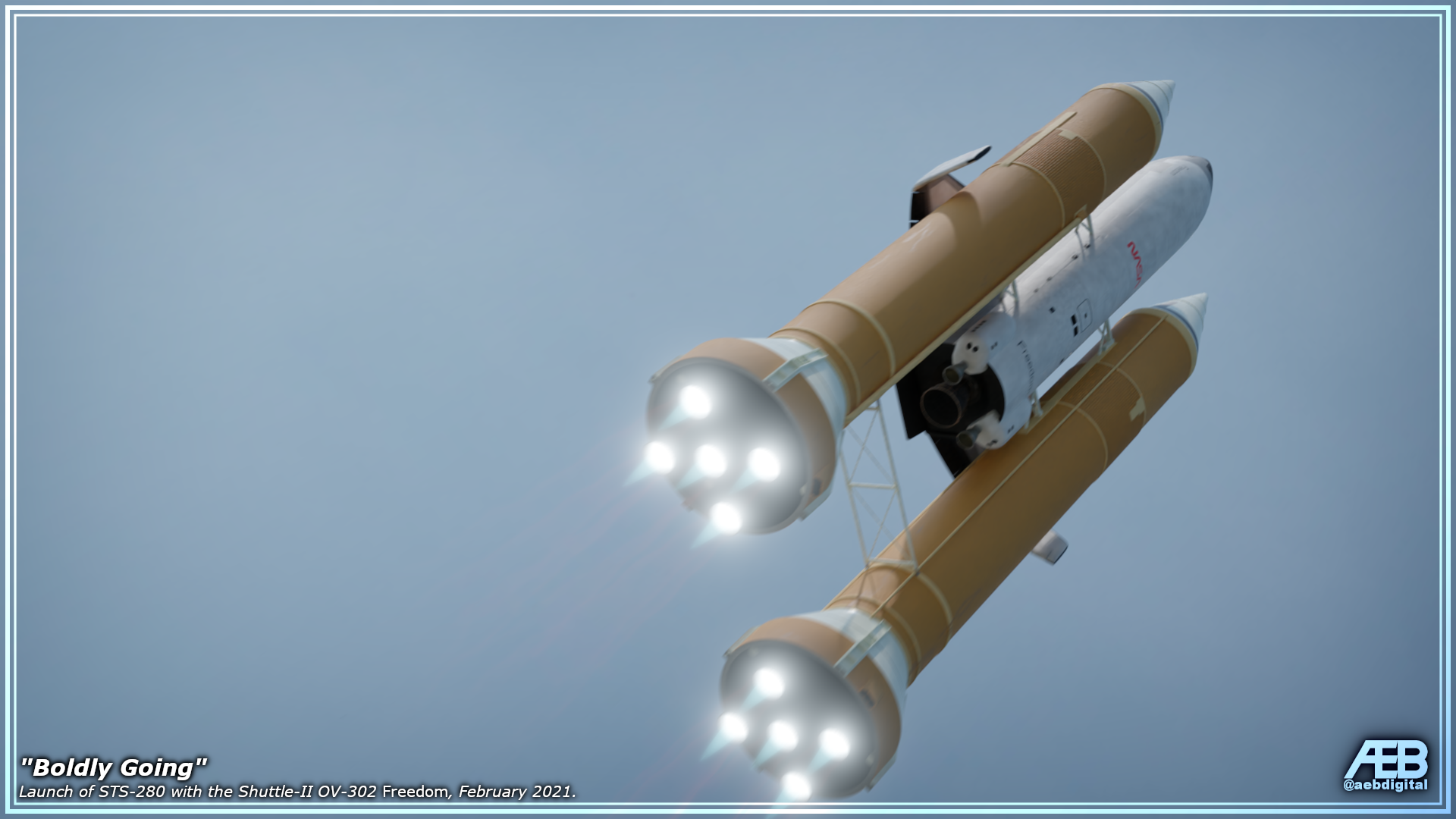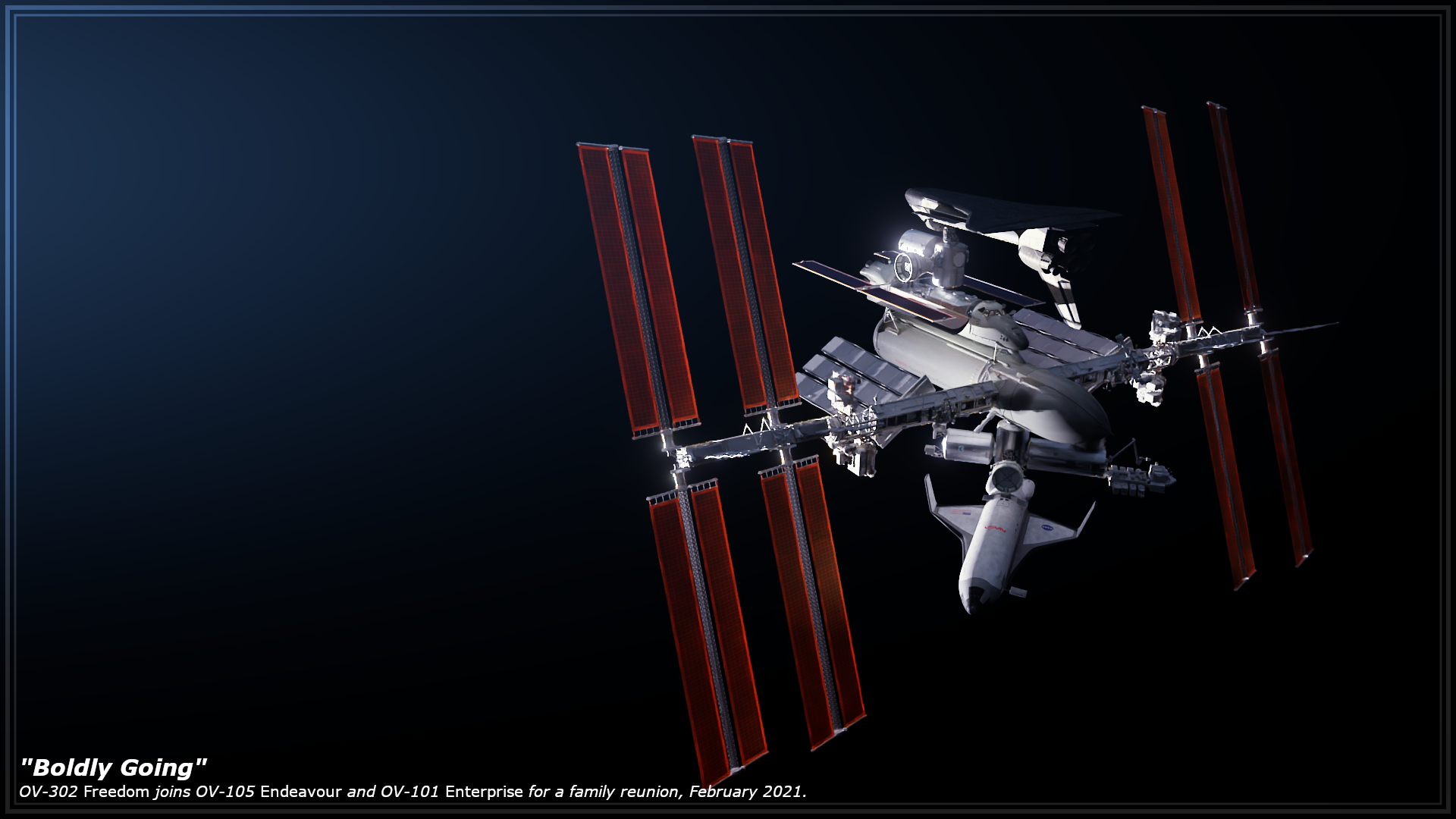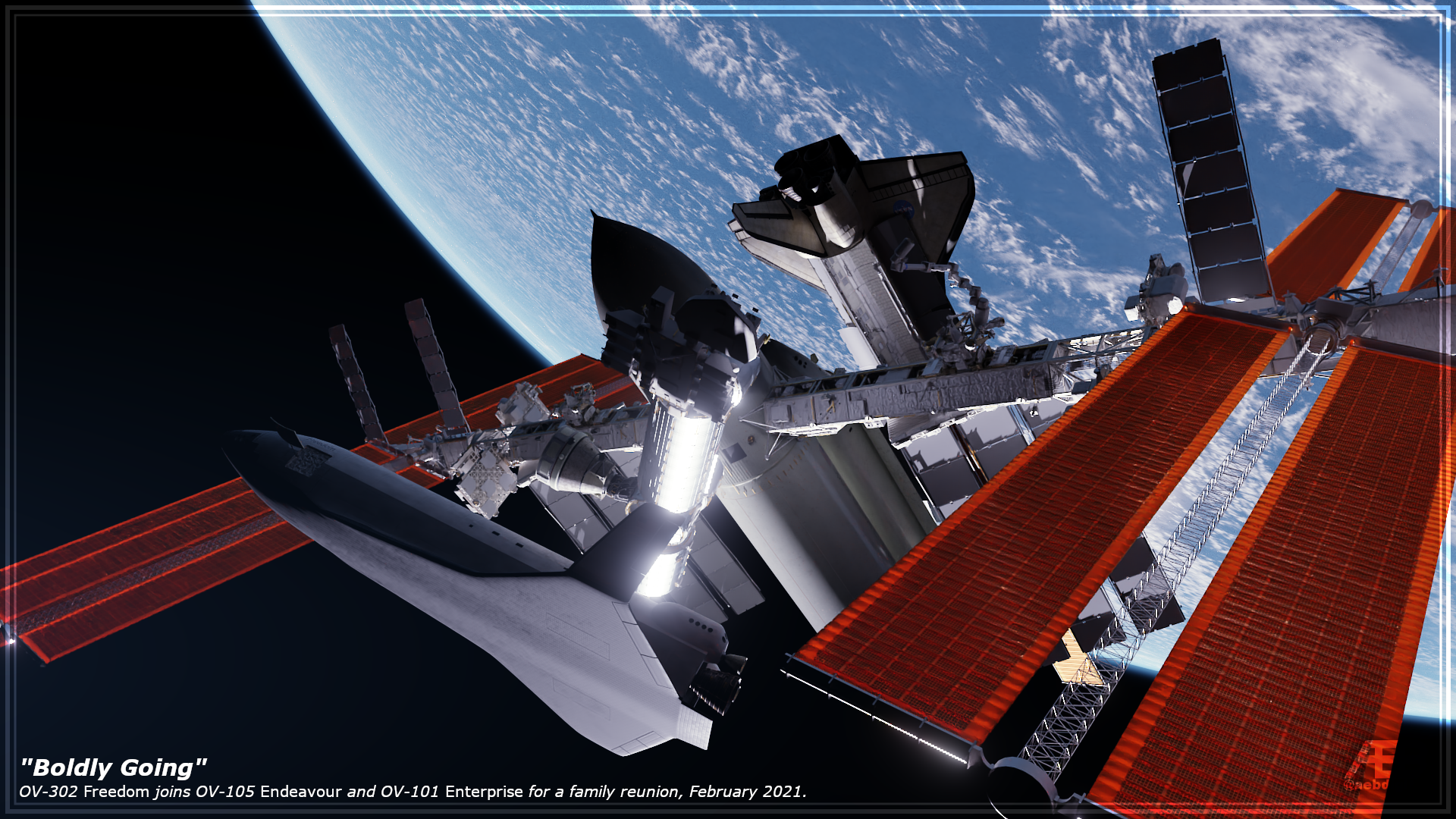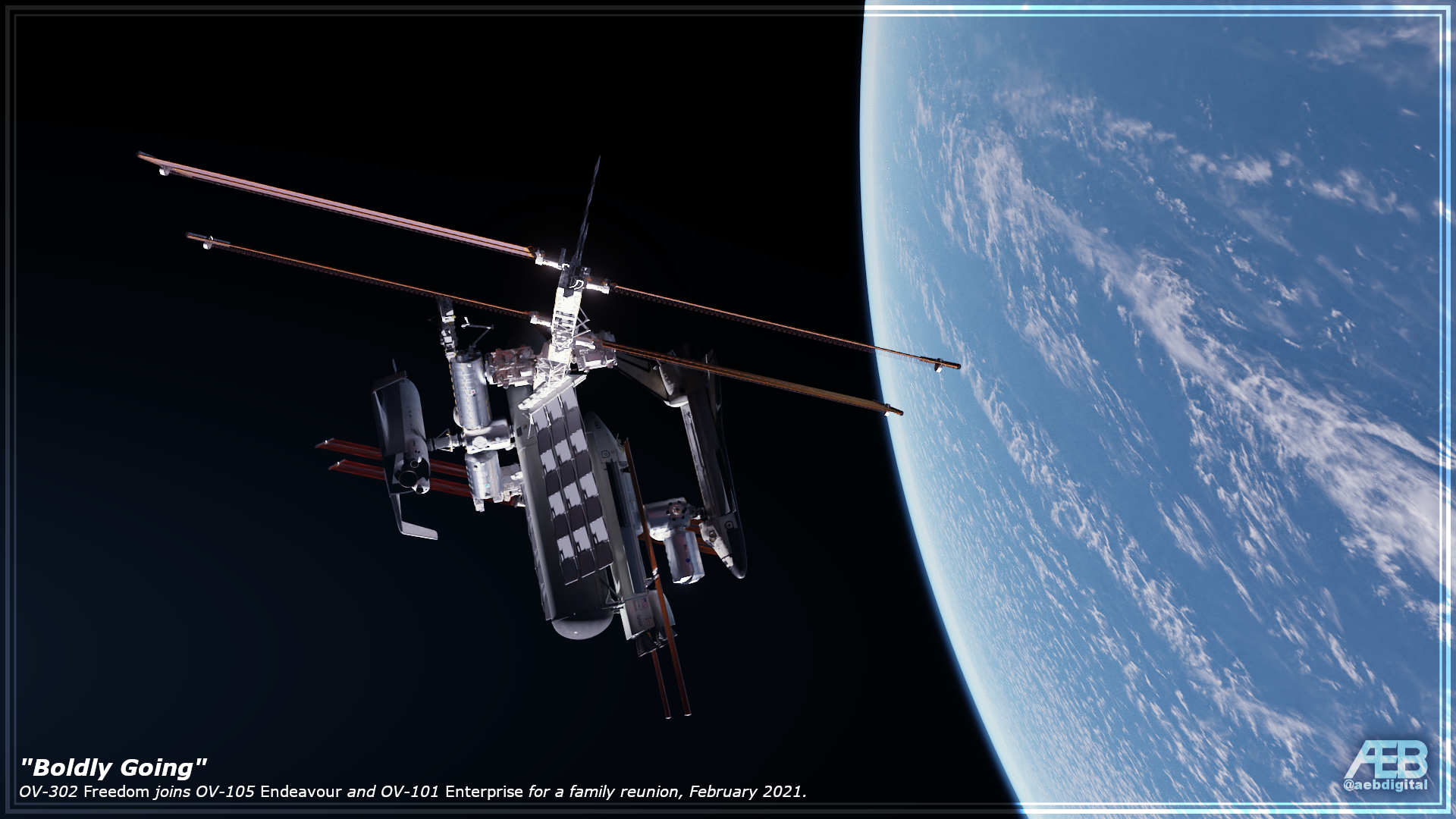What he said x3... Wait, that's a cubing issues isn't it? Awesome by an order of magnitude then? Maybe?

Fantastic as always
Flyback and vertical landing requires you accept a performance penalty (a bit over about 15% of possible orbital payload for SpaceX at this point) and NASA is already recovering, refurbishing and reusing the LRB's at a rate and cost that works very well for the system. If they go for fully reusable they will likely modify the LRB's into a single
"flyback" booster design rather than bother with VTVL operations. Wings-and-wheels (along with parachute ocean recovery) is something NASA is well familiar with TTL and it works very well for them and is not likely to change.
Needing to get your booster back to the launch site rapidly is only economic and operationally useful if you have a high enough re-flight need and tempo to justify it which is not going to be the case very often.
It's NOT easy and frankly why do you need if for Earth landing? You don't and most of the arguments supporting it fall into the same "faster-recovery-means-faster-turn-around-time" trap that most early reusable space booster concepts fell into. Getting your booster back to the launch site on the same day as the launch really does not reduce your overall turn-around time that much. And vertical landing by rocket power on Earth ONLY makes sense if you have to, (only means of landing which was the case for things like the DC-X/XA and proposed VTVL SSTO's) and are willing and able to accept the payload and operational penalties associated with doing so. NASA does not have to, (nor does anyone TTL) so there's little incentive to develop the capability and many, many BETTER ways of doing the job.
Randy
